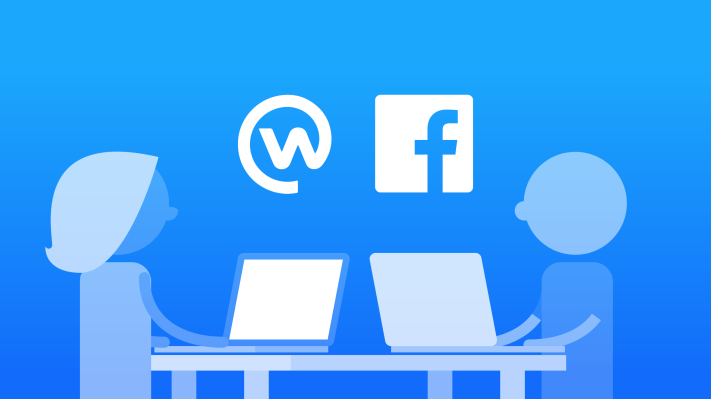With Slack gearing up to go public and now seeing daily active users of 10 million with 85,000 organizations using it to help employees communicate with each other, Facebook today released some updated numbers of its own for Workplace, its enterprise-focused platform: the company says that there are now 2 million paid users on the service, not counting those who are using its free tier; and NGOs and educational organizations using Workplace for Good — if you add these in you get “millions” more, Facebook said, without providing a concrete number.
The company’s paid tier starts at $3 per month per user, with pricing arranged directly with organizations when numbers exceed 5,000 employees. It started to charge for its service in October 2017, after first launching in October 2016.
Being Facebook and already working at a huge scale with more than 2 billion monthly active users of its flagship service, the company has always pitched Workplace as a tool for very large enterprises, and today it said that it now has 150 companies with more than 10,000 users each on the platform.
These have included companies like Walmart (the world’s biggest employer) as well as Nestle, Vodafone, GSK, Telefonica, AstraZeneca and Delta Airlines.
Picking these metrics to talk about the company’s growth is a strategic move for Facebook. They are different enough from what Slack measures that it’s not immediately easy to draw a comparison and claim that Slack is much larger. At the same time, it highlights Workplace’s success in an area that Slack, Teams and others competing in this space are also chasing: enterprise users. These are the most lucrative customer segment, as they not only generate larger recurring revenues, but they are often slower to churn once they do sign on to your service.
Workplace has made an effort over the last several years to add more features to bring the platform in line both with what basic Facebook offers, as well as other enterprise communication services that Workplace competes with more directly. That includes integrating with a number of key apps, although it’s still far from the hundreds that can be fed into Slack.
The numbers do not give us a total number of users on Workplace but they set out also how Facebook is continuing to drive the product forward as a diverse and distinct revenue stream apart from its ad-based consumer service.
At the end of last year, Facebook appointed a new head of Workplace, Karandeep Anand, who came to Facebook three years ago from Microsoft (and thus has a close understanding of enterprise software). He works alongside Julien Codorniou to focus on the technical development of the product while Codorniou focuses on sales, client relations and business development.
